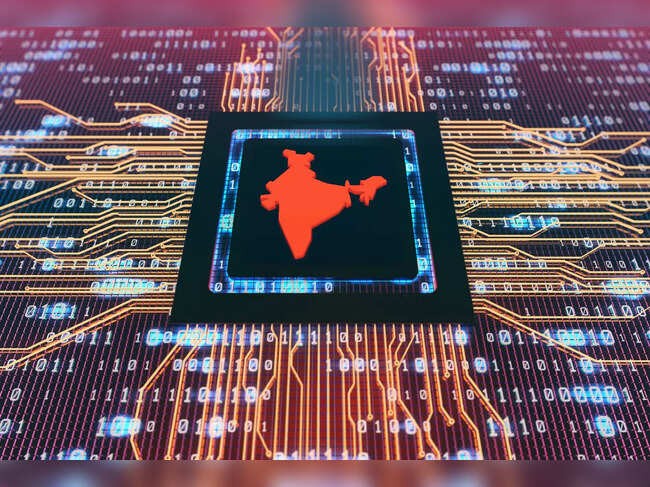



Trump’s steep tariffs aim to reduce U.S. dependence on foreign goods and curb China’s tech rise, triggering a global trade war. Tech markets plunged, inflation rose, and India faces export losses. However, India may benefit long-term by boosting local manufacturing and leveraging shifting alliances in global trade dynamics.

Copyright infringement not intended
The escalating U.S. tariffs under President Trump are reshaping global trade dynamics.
Tariffs are taxes that governments put on goods imported from other countries, to protect local industries by making foreign products more expensive, which makes people prefer buying cheaper local products instead of expensive imports.
The U.S. President Donald Trump is using tariffs as part of his “America First” policy. He wants to reduce America’s dependence on foreign manufacturing and create jobs in the country. His tariffs target China with rates as high as 145% on certain goods. This means China will find it harder to sell its products in the U.S., which could hurt their economy.
Free trade allows goods to move freely across borders without heavy taxes. But when tariffs are imposed, they create barriers, making trade more difficult. Trump’s tariffs aim to pressure China economically and politically. At the same time, China retaliates by putting tariffs on U.S. goods, creating a "trade war".
Nvidia is a U.S.-based company that makes computer chips. The U.S. government banned Nvidia from selling its H20 chip to China without special permission. Since China accounts for 13% of Nvidia’s sales, this ban caused a loss of $5.5 billion in revenue. As a result, Nvidia’s stock price dropped by 7%.
|
The "License-Permit Raj" was a system in India where businesses needed special licenses and permits from the government to operate. This created delays, inefficiency, and corruption. |
The Philadelphia Semiconductor Index, which tracks 30 major U.S. chip companies, fell by 25% since January 2025. Similarly, the tech-heavy NASDAQ 100 index dropped over 3% in one day because investors fear the impact of tariffs on the tech industry.
The Federal Reserve Chairman says the Fed won’t step in to stabilize the stock market because the problem comes from trade policies, not financial instability. He warns that tariffs could lead to higher inflation and unemployment.
Trump’s tariffs are part of a larger plan to weaken China economically and technologically. By imposing tariffs, he aims to stop China from becoming a global leader in technology. However, China fights back by imposing its own tariffs, as high as 125%, on U.S. goods.
The U.S. is also working with allies like Japan to form a united front against China.
China strengthens ties with countries like Malaysia.
Other nations, such as Canada and the EU, criticize Trump’s approach, calling it unfair and harmful to global trade.
Trump’s tariffs have increased import taxes on Indian goods from 3.5% to 26%. This will hurt Indian exports, especially industries like iron, steel, and electronics hardware. India could face short-term losses in exports but may benefit in the long term by focusing on local manufacturing.
Must Read Articles:
China-US Trade War for Dominance
Oil Prices Surge Amid Trade Tension
is imposing tariffs on chinese imports a good idea?
About Trump's New Tariffs Impact Trade
The Weaponization of Trade: A Global Concern
Source:
|
PRACTICE QUESTION Q. "Trade wars are not just economic battles but geopolitical contests. Assess how India can navigate these tensions while balancing its relationships with the US and China." 250 words |








© 2025 iasgyan. All right reserved